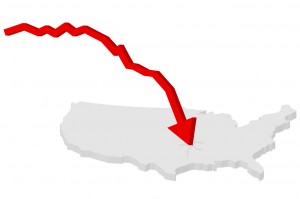 Frenetic intemperance is a term we coined to describe a restless and reckless spirit inside certain sectors of modern economy that foments a drive to throw off legitimate restraints and gratify all desires.
Frenetic intemperance is a term we coined to describe a restless and reckless spirit inside certain sectors of modern economy that foments a drive to throw off legitimate restraints and gratify all desires.
Perhaps the most obvious example of frenetic intemperance is that of the speculative
bubble of the 2008 sub-prime mortgage crisis. It is a textbook case of what can go wrong in modern economy.
Financial Crisis
What happened during this crisis? All the parties involved simply threw caution to the wind and succumbed to spirit of reckless abandon. Homebuyers took out loans, which were called them “liar loans” since the prospect did not have to provide proofs for the information on the loan application. These homebuyers took out these loans without any money down and sufficient income to pay.
[like url=https://www.facebook.com/ReturnToOrder.org]
Bankers and mortgage companies recklessly extended loans to prospects knowing them to be risky and even encouraging risks to make more profits by selling them to brokers. Brokers bundled up these mortgages and sold them to investors knowing that many of them were risky or “sub-prime.” Many brokers simply did not care about these dangers since they merely charged brokerage fees and passed the risk on to investors.
 Investors frantically snapped up mortgage based securities in their desire to make huge profits. When home price started to decline, mortgages started to go bad, and the investors lost huge amount of money.
Investors frantically snapped up mortgage based securities in their desire to make huge profits. When home price started to decline, mortgages started to go bad, and the investors lost huge amount of money.
The whole process created a frenzied atmosphere that nearly destroyed the American economy. From 2000 to 2008 mortgage debt in the United States rose from $6.9 trillion to $14.6 trillion. From 67 percent of GDP to 106 percent. That is to say in just eight years we more than doubled our mortgage debt to an amount equivalent to more than our GDP.
What Does Saint Thomas Say About Immigration?
The sub-prime mortgage crisis was an extreme case of frenetic intemperance. It illustrates well how modern economy becomes unbalanced.


